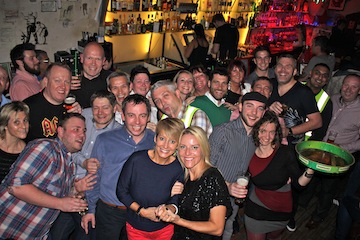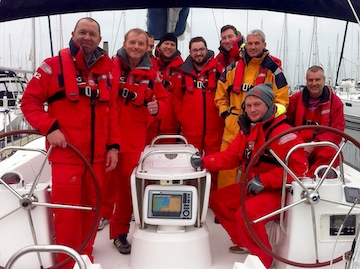A firm of solicitors based in Warwickshire has selected ShoreTel for its UC and mobility solutions.
Wright Hassall, established in 1846, is a full service commercial law firm advising corporates, SMEs, not-for-profit and public sector organisations. Its private client team advises families, farmers, business owners and high net worth individuals on matters such as medical negligence, contesting a will, personal injury and divorce. The Lexcel accredited organisation is top ranked in the legal directories in 46 areas (25 Legal 500, 21 Chambers UK).
Wright Hassall's diverse workforce requires high levels of flexibility as employees, from solicitors to debt-collectors, must be contactable at all-times no matter the location. Its senior partners are provided with company phones while the rest of its 265-strong workforce must be available to clients and colleagues both during and beyond designated working hours. The company has recently extended its workforce, with the need for improved internal and external communications becoming more pronounced.
In order to address its continued growth and need for workforce flexibility, Wright Hassall evaluated its previous communications system, and, realising that it was out-of-date and unable to meet these requirements, sought a replacement. Wright Hassall selected ShoreTel and Solar.
Martyn Wells, IT Director at Wright Hassall, said: "ShoreTel's UC and mobility solutions were able to offer our entire varied workforce the flexibility necessary, and ensure that our clients are provided with the support they require, whenever they require it."
Adrian Hipkiss, EMEA MD and VP at ShoreTel, added: "Wright Hassall's employees are not restricted to traditional working hours and are often on the move. We were happy to provide them with our solutions which we are sure will provide the flexibility they need to continue best serving their clients."
Mark Colquhoun, Chief Executive at Solar, added: "As ShoreTel's only European Platinum partner, we understand the value of a smooth, efficient implementation. Wright Hassall required an installation that was fast and offered no disruption to the workforce. We were able to provide this and hope that our continued support and expertise will enable the company to get the absolute most out of ShoreTel's solutions."
ShoreTel has provided Wright Hassall's workforce with greater flexibility through a number of features such as the ability to immediately divert landline calls to mobile, allowing users to track voicemail from an email inbox, and the offer of a wider variety of communication channels, such as instant messenger.
By providing this functionality, Wright Hassall has been able to provide its workforce with increased mobility as well as improved overall communications. Also, ShoreTel's virtualised solution has provided Wright Hassall with a more cost-effective, efficient platform that requires little maintenance and offers improved security with means of disaster-recovery. This has resulted in a 12 per cent reduction in telecoms costs as external conferencing facilities became redundant.
ShoreTel's UC solution brings together VoIP telephony, instant messaging, conferencing, mobility, plus presence and collaboration capabilities into a seamless business environment.

 Incom Business Systems celebrated its 25th birthday this month and the Directors marked the milestone by hosting a employee team-building weekend in Prague.
Incom Business Systems celebrated its 25th birthday this month and the Directors marked the milestone by hosting a employee team-building weekend in Prague. Westcon Group's UCC practice awarded its top performing Avaya partners with a day's sailing at the Royal Solent Yacht Club in Lymington.
Westcon Group's UCC practice awarded its top performing Avaya partners with a day's sailing at the Royal Solent Yacht Club in Lymington.